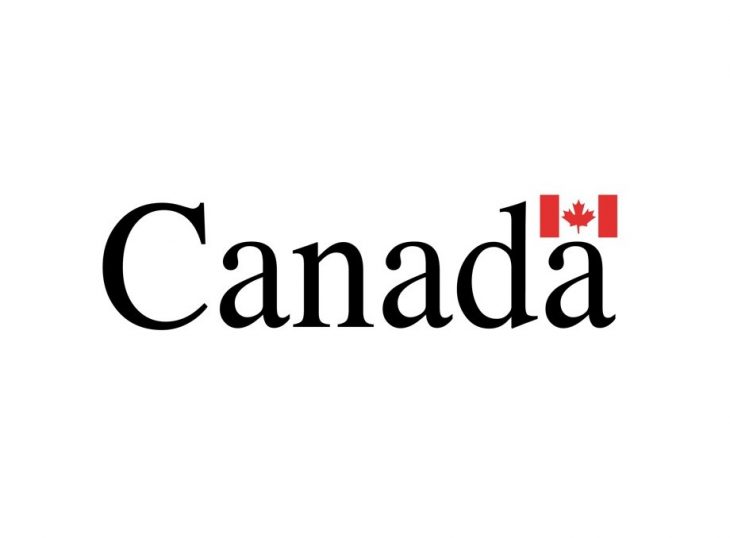
GATINEAU, QC – The federal government launched a public consultation today into its proposed approach for addressing harmful content online, which includes a last resort mechanism that would allow for court orders to be used to require telecommunication service providers to block repeatedly offending sites.
The consultation is part of the government’s commitment “to taking concrete action to combat serious forms of harmful online content, specifically hate speech, terrorist content, content that incites violence, child sexual exploitation content and the non-consensual distribution of intimate images,” according to a government press release.
The public is being asked to consider and comment on a new legislative and regulatory framework that contains “rules for how social media platforms and other online services must address harmful content,” according to a consultation discussion paper. These rules would apply to online communication service providers, a term which includes major online platforms such as Facebook and excludes telecommunication service providers, private communications and certain technical operators.
The proposed framework “would create a new Digital Safety Commission of Canada to support three bodies that would operationalize, oversee, and enforce the new regime: the Digital Safety Commissioner of Canada, the Digital Recourse Council of Canada, and an Advisory Board,” the document reads.
The proposed Digital Safety Commissioner would have the power to “apply to the Federal Court to seek an order to require Telecommunications Service Providers to implement a blocking or filtering mechanism to prevent access to all or part of a service in Canada that has repeatedly refused to remove child sexual exploitation and/or terrorist content.”
A technical document further explains a new Act legislating the matter should include a “provision to ensure that the prohibition set out in section 36 of the Telecommunications Act does not apply to Canadian carriers that comply with a blocking order.” (Section 36 states carriers “shall not control the content or influence the meaning or purpose of telecommunications carried by it for the public,” except in cases where the CRTC approves otherwise.)
The government aims to present the new legislative and regulatory framework for harmful content online in the fall. The public is invited to submit comments about the proposed plan from now until September 6.
To participate in the consultation, please click here.
Updated August 3:
Mark Buell, regional vice president of North America, for Internet Society, a global non-profit that promotes a globally connected and secure Internet, has commented on the legislation proposed by the Canadian government in a statement emailed to Cartt.ca.
Buell expressed concern the proposed legislation “creates some unreasonable deadlines for the removal of harmful content that can only be met by companies deploying automated tools, such as upload filters.”
Such filters are used by platforms “to check whether content published by their users falls within any of the categories for objectionable content,” Buell said. These enforcement tools “are damaging to the Internet, and it’s disconcerting that the government has been short on details about how these tools will be implemented.”
According to Buell, the proposed legislation will end up cementing “the dominant position of Big Tech,” because the requirement “for online platforms to have systems that ensure the fast and rigorous takedown of content will shut out small players who can’t afford the costs of creating such tools. It will also expand the power of online platforms to create and use technology that controls the way content is moderated,” the statement reads.
Buell also noted upload filters “affect the interoperable nature of the Internet’s architecture.” He used the example of Toronto’s water system: “The infrastructure is designed to allow the water to flow uninterrupted in order to reach residents. Now imagine a private water company coming in and inserting a pipe that only allows the water to flow in certain areas of the city. This is a slippery slope for Canada to pursue and could result in significant harm to the Internet and its users.”



